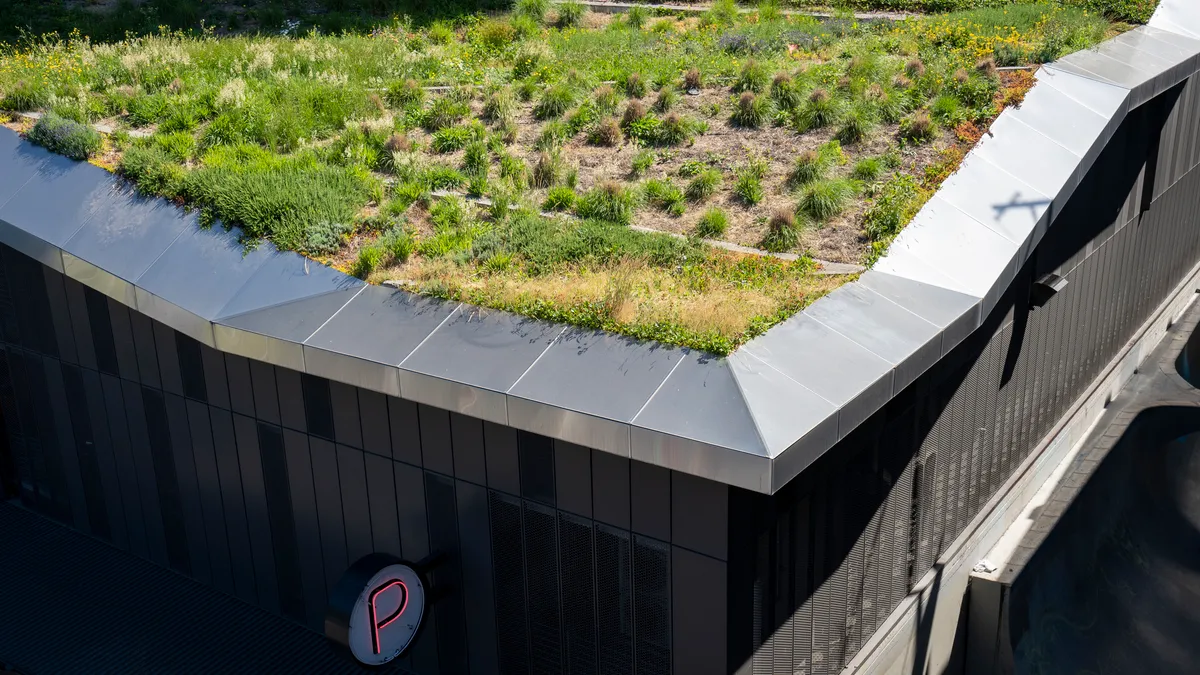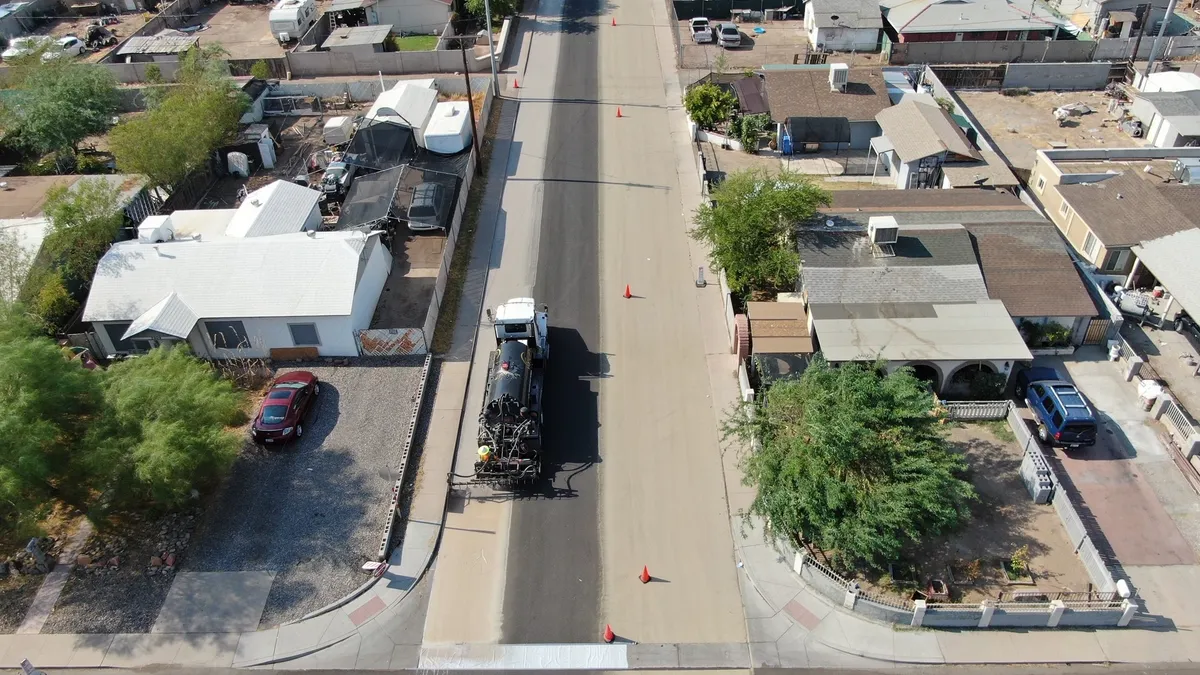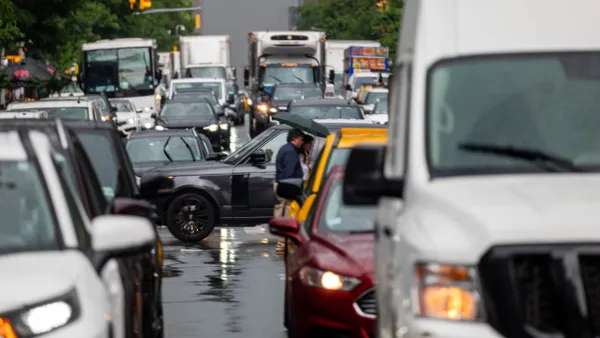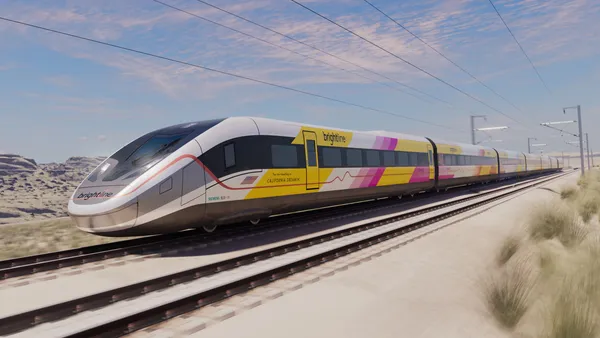Dive Brief:
- Austin, TX is working to create an incentive pilot program to increase transit ridership. The pilot comes at the request of the city council, which in December passed a resolution declaring the city had to find creative ways to increase transit ridership to combat increases in traffic congestion and the cost of car ownership.
- The Austin Transportation Department (ATD) had worked with Capital Metro, the Innovation Office and the Equity Office to devise 15 proposed incentive programs for customers, and ATD recently narrowed the number to six. It presented the six ideas to the city council in a report.
- The city council is expected to identify the final strategy and include it in the FY 2020 budget in September. Once the preferred program is announced, city staff and stakeholders will devise a timeline for implementation and piloting next year, ATD Project Manager Tien-Tien Chan told Smart Cities Dive.
Dive Insight:
A few of the proposed incentive strategies include heavy involvement of the businesses working with the Movability program. Movability is Austin's transportation management association (TMA) that works directly with employers to create mobility policies and benefits, aiming to change employee commuting habits and reduce congestion.
The six final considerations for the incentive program are:
- Transit passes for registered Movability members and focused marketing program
- Expand Movability to create sub-TMAs
- Transit use rewards program
- Personalized "nudge" pilot
- Gamification and frequent rider program
- Unbundle citywide parking
Most of the proposed incentive strategies include direct benefits to customers such as implementing a transit-use rewards program or offering free or reduced passes for Movability participants. However, unbundling parking from the cost of renting or owning a home or commercial space would put money back in the pockets of people who don't need parking, which could be spent on commuting programs instead.
ATD came up with the original 15 ideas through brainstorming, first among city departments, then with industry experts across the U.S. and the world, Chan said. Plus, the city received assistance from Bloomberg Philanthropies as one of the organization's American Cities Climate Challenge winners. The city collaborated with Bloomberg and their pool of experts to determine best practices based on researching strategies that have worked in other global cities or innovative strategies that could work in Austin.
The city's Equity Office was involved in the process from the start. Its input is helping transportation planners ensure the recommended incentive plans are mindful of citizens who might not have access to technology.
The collaborating groups also came to the conclusion that even though it might be tempting to request new transit lines for underserved populations and increased transit frequency, that's not ATD's role with this particular project, Chan said.
"That's an infrastructure solution that our transit agency is already working on, whereas [ATD is] focused on the behavior change aspect of it. It was important for us to make sure... that we were not trying to solve for everything. [The council] provided us with a very specific scope and we wanted to make sure we were adhering to that," Chan said.
ATD emphasized that "whatever pilot we implement will be significantly strengthened if we are also focusing on broader policies." Those initiatives include land-use decisions and changes, in addition to illustrating the true cost of parking, Chan said. "We can't lose focus on that broader perspective of how all these different strategies need to work together."











